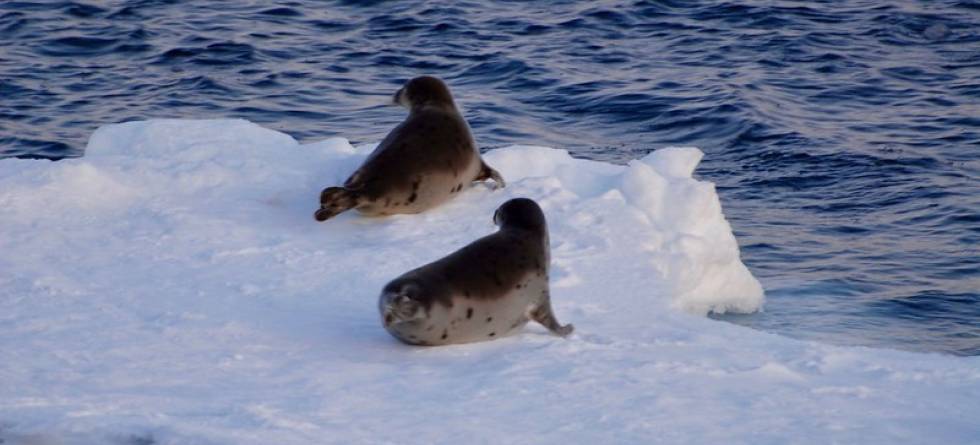Retreat of Arctic Sea Ice
The ongoing reduction of Arctic Sea ice is a result of both man-made warming and natural variability. The latter leads to significant fluctuations in the ice cover from year to year, in addition to the gradual reduction. The Barents Sea is currently the area in the Arctic with the greatest loss of winter sea ice.
The study emphasizes the potential for increased variability in other Arctic areas as the world continues to warm and the ice edge moves north. Through a thorough analysis using large ensembles from seven different models, the researchers want to determine how future sea ice variability, especially in winter, will be affected by ocean heat transport.
Heat From the Atlantic and Pacific Oceans
Climate models show a clear future trend: in winter, the sea ice will be more affected by the heat transported from the Atlantic and Pacific oceans. This means that the heat in the ocean plays a greater role in changing how much sea ice we have.
The link between the heat transport in the sea and changes in the sea ice varies for the various models. On the Atlantic side, models with larger variations in sea temperature have a stronger link. In the same way, models with a stronger inflow of Pacific water and subsequent stratification downstream have a greater influence on the sea ice from heat transport in the Pacific.
This research emphasizes the increasing relevance of the influx from the Pacific and Atlantic to the Arctic and the necessity to accurately simulate these factors to understand the impact of ocean heat transport in a warming Arctic.
Future Prospects
While the winter sea cover in the Arctic is decreasing due to global warming, the variation of sea ice is heavily influenced by the influx of warm ocean currents through the Fram Strait, the Barents Sea and the Bering Strait.
The models analyzed in the study generally agree on a northward shift of the heat transport effect on sea ice through the Barents Sea and the Bering Strait. The extent to which ocean heat transport will continue to affect sea ice in the future depends on the development of sea retreat, changes in inflowing water and the stability of the upper ocean layers in the Arctic.
This research sheds light on the complexity of sea ice dynamics in the Arctic and is an important tool for predicting and preparing for changes in the polar regions.

